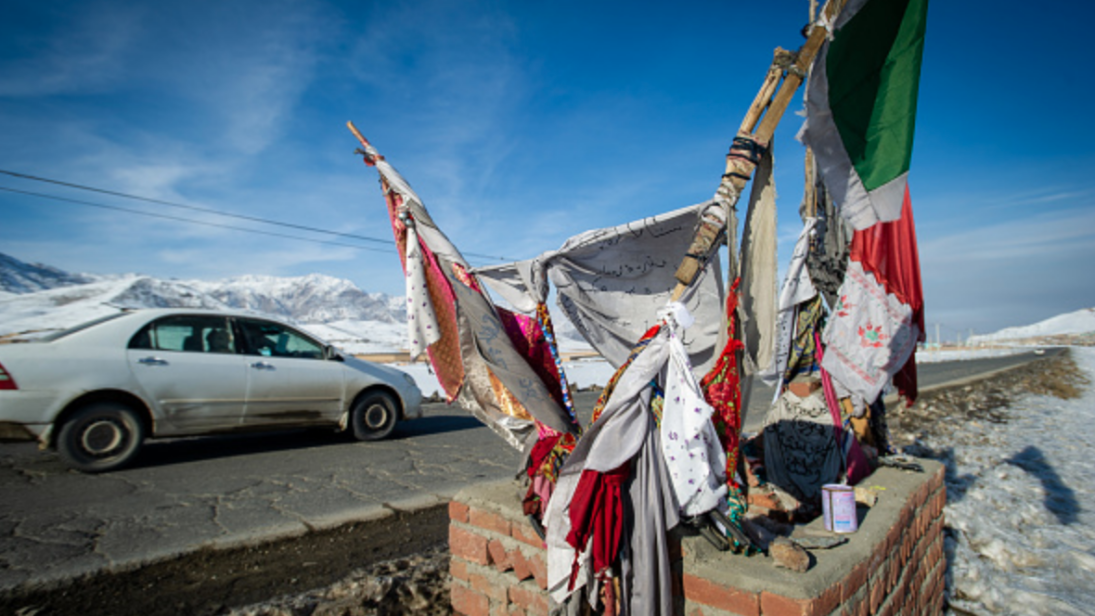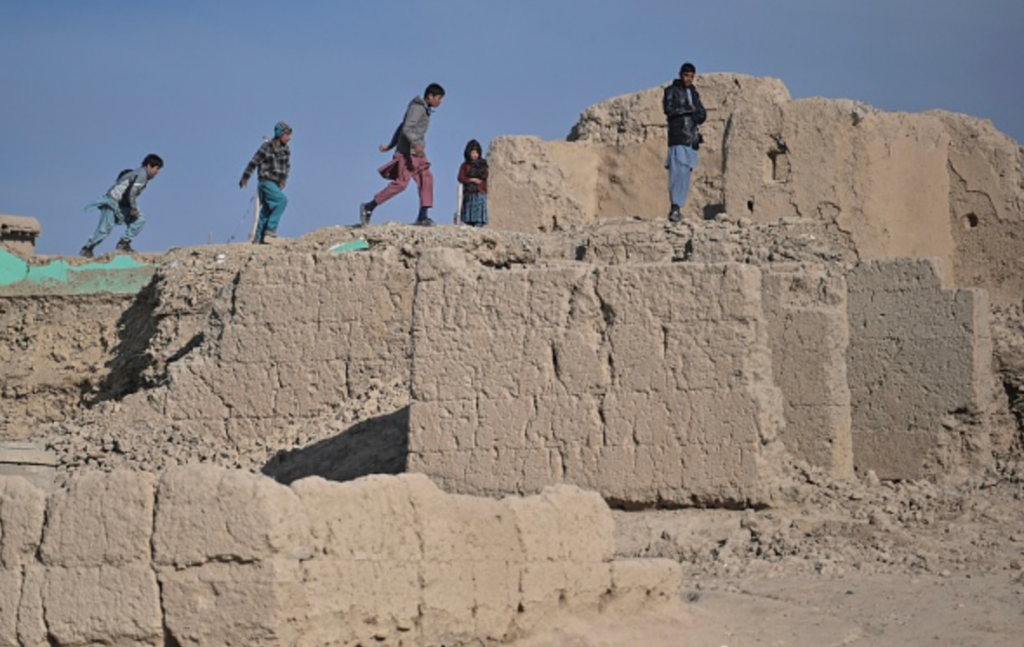
The Taliban’s narrative of restoring peace and stability in Afghanistan post-takeover of Kabul is falling short on various fronts. Ramped-up attacks by the Taliban’s archfoe, the Islamic State of Khorasan (ISKP), have confronted the Taliban with serious security challenges. The National Resistance Front (NRF) is gaining momentum in the region as they have declared an offensive on the Taliban following a major setback in September last year. These events unfold at a critical stage when the Taliban’s only ally in the region, Pakistan, has also turned its back on the militant group.
The resistance against the Taliban began to take shape after the events of August 2021, but efforts lost momentum partially due to the Taliban’s peak military might and proximity to Islamabad. According to an Institute for the Study of War report, the NRF, which is at the forefront of the fight against the Taliban, has launched a spring offensive alongside other alliances in the region. The resistance remains scattered across provinces with no external support making it difficult to launch a full-scale rebellion. With the objective of bringing down the Taliban regime, these groups need to recalibrate their engagement strategies given the Taliban’s upper hand on the battlefield.
Echoes from the past
For the NRF, this current situation is history repeating itself. In the late 1990s, Ahmad Shah Massoud, Afghanistan’s most celebrated warlord, led the resistance against the Taliban. Today his son, Ahmad Massoud, is carrying the legacy of grassroots resistance forward with the aim of toppling the Taliban regime. Panjshir—the old bastion of Masoud—has become the capital of the new resistance. Given its geostrategic positioning—surrounded by the Hindu Kush—the Panjshir valley grants immense tactical advantage for guerrilla warfare efforts. The Panjshir valley was the sole region that held out against the Taliban’s military advances after Kabul fell, and the Taliban’s fight to capture Panjshir was aided by Pakistani air support as reiterated by the European Parliament.
Resistance groups need to recalibrate their engagement strategies given the Taliban’s upper hand on the battlefield.
In the past two months, resistance fighters from different groups have made significant progress in different pockets of Panjshir, Parwan, Kapisa, Badakhshan, Balkh, and Takhar. In Panjshir alone, the NRF has 17 bases and has been successful in capturing key districts, including Bazarak, Kohsan, Paryan as well as Andrab, and Talhabarfak in the neighboring Baghlan province. Lt Gen Sami Sadat, former Special Forces Commander and a Masoud loyalist is said to be coordinating efforts against the Taliban. Publicly, the Taliban disregards any such effort as a threat to its regime. But privately the Taliban is feared by the recent advances, putting the militant group into a compromising situation on the ground. We see this in the Taliban’s attempt at reaching out to the NRF leaders on January 21 in Tehran, where a delegation led by Acting Foreign Minister Aamir Khan Mutaqqi met with the NRF members. The talks concluded with no positive results as both the parties couldn’t reach the slightest of agreements.
Unlike the 1990s, when the resistance had the international backing of major actors like Iran, India, Saudi Arabia, and the United States, Iran is now criticized for its role in fueling the insurgency while India has been largely absent from the Afghan theater. The United States has closed its Afghanistan chapter with little motivation left for regional engagement. In the absence of international support, the national resistance against the Taliban finds itself isolated and underprepared.
An Immediate Need for Unification
Without international backing, a major challenge these organizations face is the intergroup rivalry they face among themselves, stopping them from executing a collective offensive. Apart from the NRF, there are several other resistance groups concentrating their war efforts in their respective areas of influence. These groups are often rivals due to their ideological and political differences, making unification prospects even more challenging. A major misconception about these resistance groups is that they are anti-Pashtun forces. But there is a high concentration of Pashtuns who have shown an inclination towards the resistance. Individually, these organizations have the capacities to carry out small-scale attacks on the Taliban, but they lack the military and financial wherewithal to launch a joint full-scale offensive.
Keeping differences aside, these organizations need to address the bigger challenge posed by the Taliban, which has pushed Afghanistan to the brink of a complete collapse. To address that threat, dispersed organizations must form a united front and operate under one umbrella. Amrullah Saleh, the former Vice President of Afghanistan maintains that he is in close consultation with partners in the region on matters of the resistance. Reaffirming Saleh’s statement, Ahmad Masoud recently called for establishing a High Council for national resistance, aimed at bringing all the armed groups under a single entity. Collectively, these groups have the potential to set the Taliban back on the ground, forcing the militant group to consider the proposals of a transitional government.

Exploiting the Faultlines
As the Taliban continues its bid at gaining international legitimacy, the group’s strict laws oppressing the civilian population, especially women, show no signs of moderation. This has sparked a huge outcry in the international community, with even the staunchest partners of the Taliban condemning its policies. The Taliban cabinet comprises only loyalists, clerics, and hardliner members from the Haqqani clan with no representation from outside. “Taliban should act smartly in a bid to avoid future confrontation with armed rebellion. To do so, they should consider a transitional government comprising members outside the militant group” says Dr. Arian Sharifi, former Director-General in the Afghan National Security Council. With the public sentiment slowly growing against the Taliban, there is a major prospect for the NRF to attract supporters and rally cadres to reposition itself as a major force.
A scattered resistance with no international backing will prove inefficient and doomed to fail in its war efforts against the Taliban.
Strategically speaking, the Taliban showcased a unified front in its military campaign last year to capture Afghanistan. But the Taliban is not a monolith. There are various shuras that take leadership initiatives amongst the various factions within the Taliban. With no administrative skills, Taliban radicals have largely spurned the moderates, preventing them from occupying offices. These internal rifts can give political leverage to the NRF by having the most deprived faction break away from the hierarchy. Achieving this will be a major blow to the Taliban fighters loyal to their leaders, eventually breaking them away from the core cadre.
Future Implications
A scattered resistance with no international backing will prove inefficient and doomed to fail in its war efforts against the Taliban. Due to the Taliban’s extremist policies and its inability to administer Afghanistan, regional partners of the group, including Russia and China, are finding it difficult to sustain their partnership. It should not come as a surprise if these states switch sides and turn allies into enemies. They may feel that the resistance has more potential to secure their interests with administrative skills and experience of the NRF in governing Afghanistan. Unexpected backchannel talks in New Delhi can be expected in the coming days given that India has long enjoyed popularity amongst these resistance leaders. There is zero appetite and motivation in the United States and the West to again intervene militarily in Afghanistan. For now, it is important for the West to closely monitor the situation in Afghanistan and remotely examine the risk the NRF possess to the Taliban before it recalibrates its Afghan policy. It is only a matter of time before these fragmented outfits could ignite a full-scale insurgency leading to prospects of a civil war adding more to the misery of regular Afghans who have now grown weary of five decades of conflict.
***
Image 1: Scott Peterson via Getty Images
Image 2: Hector Retamal/AFP via Getty Images


